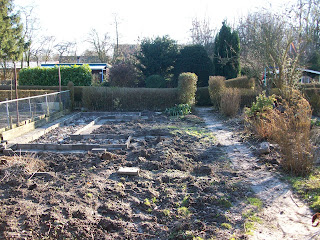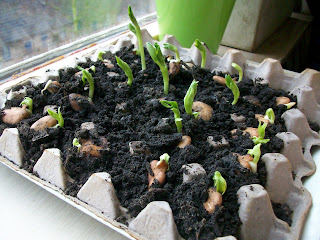A bit late, but today we sorted the seeds we gathered from our garden and other places. These are now ready to replenish our seed stock for this year.
We have a fascination for extraordinary plants, but the only way to get those seeds is to buy them from specialist shops. A disadvantage - or in some way an advantage - is that these seeds come in large quantity packages. Seeds are perishable and we do not encourage mass production. One way to deal with this seed abundance is to grow them into sprouts. In this way they are extra nutritious, they grow even in winters, they have an explicit taste and they are perfect for decorating a dish, and to spice up sandwiches or salads. Just put some seeds on a wet piece of toilet paper, and in a few days they begin to sprout. Make sure to keep the trays moist, but don't let the seeds float. The one's we are growing now are amaranth, spinach and chía sprouts.
























